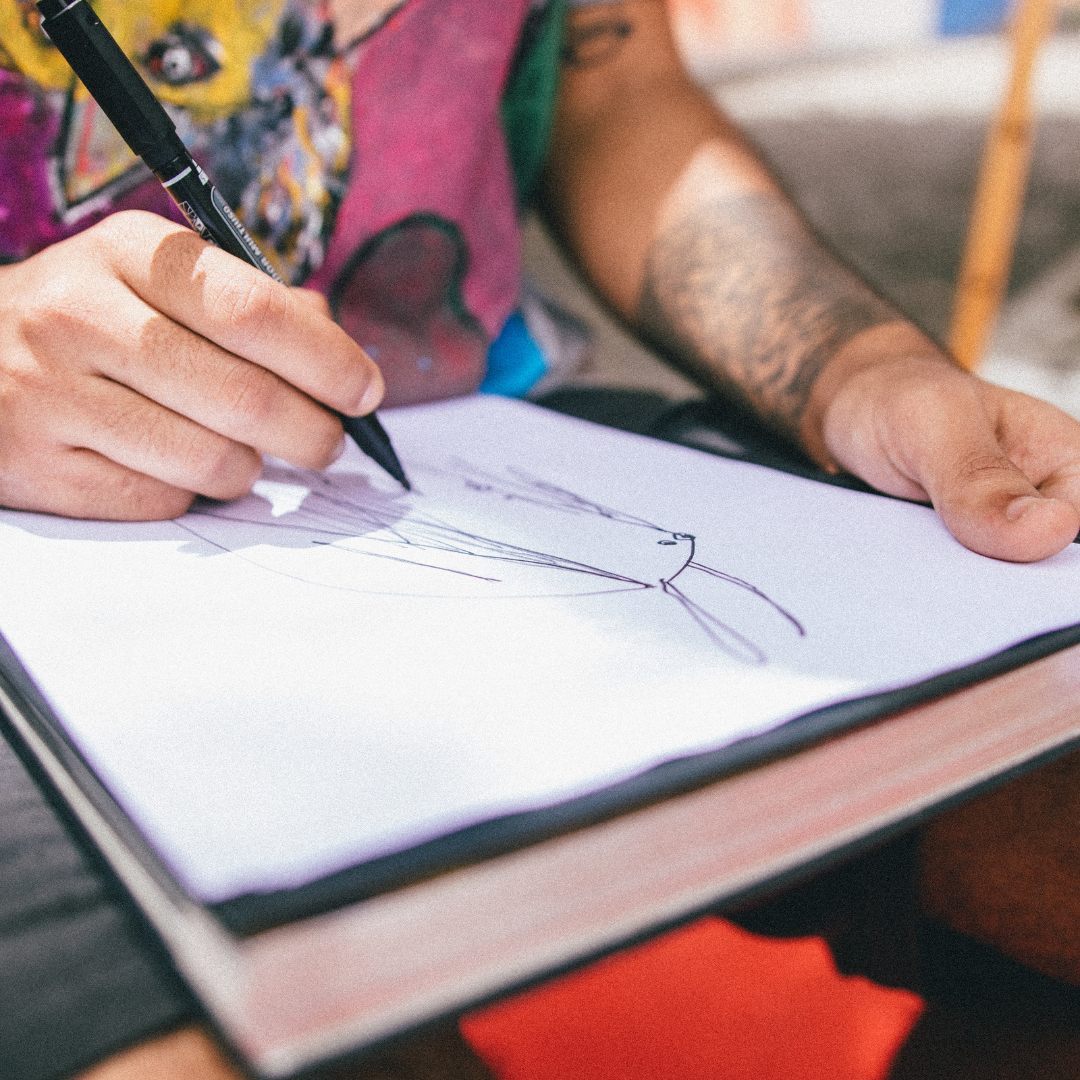Drawing is one of the most fun and rewarding hobbies that anyone can have. But, it’s also a pretty daunting task to try to sit down with a blank canvas and start drawing. Drawing can be intimidating for beginners for many reasons. Luckily, there are plenty of resources to help you get started. This article provides an overview of how to start drawing. So if you’re a new artist or someone who wants to learn more about drawing in general, this blog post is for you!
Find Your Passion
To find your passion for drawing, you must first find what inspires you. This can be anything from landscapes and cityscapes to people and animals. Once you know what inspires you, it will be easier to start finding your passion for drawing. If you love nature, for example, start by sketching outdoors and observing the world around you. If you’re more interested in human interaction, try figure drawing or portraiture. Experiment with different mediums and subjects until you find something that makes your heart sing.
What Tools Do You Need?
If you’re just starting with drawing, you don’t need a lot of fancy tools. A simple pencil and paper are all you need to get started. However, there are a few other things that can be helpful to have on hand.
Here are some basic drawing supplies that can be helpful:
Pencils
You’ll need a few different types of pencils to get started. A #2 pencil is a good all-purpose pencil, but you may also want to get some softer lead pencils for shading and some harder lead pencils for finer details.
Erasers
Get a couple of erasers – one for light erasing and one for heavier erasing. A kneaded eraser can be especially helpful for light erasing.
Paper
Drawing paper comes in various weights and textures. You may want to experiment with different types to see what you prefer. Bristol board or Illustration board is good for pen and ink drawings, while watercolor paper is good for, well, watercolors!
Pens
In addition to pencils, you may also want to get some pens for drawing. Fine-point black felt tip pens are good for general drawing and inking. You can also use brush pens for lettering or calligraphy.
Markers
Like pens, markers come in useful for a variety of purposes. Alcohol-based markers are good for detailed work. You can use broad line markers for coloring or shading larger areas. You can also use chisel tip whiteboard markers to create bold lines or fine details, depending on how you hold the marker. They can also be used on whiteboards to write down ideas and brainstorm your next art project.
Drawing Board
A drawing board helps keep your paper flat while you draw. It’s also handy for transporting your drawings without damaging them.
Lightbox
A lightbox is useful for tracing images or transferring drawings to another piece of paper.
Get Inspired
To start drawing, you first need to find some inspiration. This can come from anywhere – nature, photographs, other artwork, etc. Once you have found something that inspires you, take a close look at it and try to break it down into smaller pieces. For example, if you are looking at a landscape painting, notice the different colors and shapes in the sky, the mountains, the trees, and the ground. Try to recreate these colors and shapes on your canvas or paper.
If you are having trouble getting started, there are plenty of how-to books and websites. These can provide you with step-by-step instructions. You can also find online tutorials that will walk you through the basics of drawing. Once you have a few basic techniques down, you can start practicing on your own and experimenting with different styles and mediums.
Practice Makes Perfect
When it comes to learning how to draw, there is no magic bullet. But there is one important ingredient that can make a big difference in your success: practice. The adage “practice makes perfect” is true when it comes to drawing. The more you practice, the better you’ll get at it. And as you improve, you’ll find that drawing becomes more and more enjoyable.
Of course, not all practice is created equal. To see results, you need to focus on practicing the right way. That means working on your skills regularly. You should also challenge yourself with new techniques and subject matter. Fortunately, there are many great resources available to help you get started and keep your skills sharp. Online tutorials, books, and even video lessons can provide valuable guidance as you learn how to draw.
So what are you waiting for? Get out there and start practicing! With a little time and effort, you’ll be surprised at how quickly your skills will improve.
